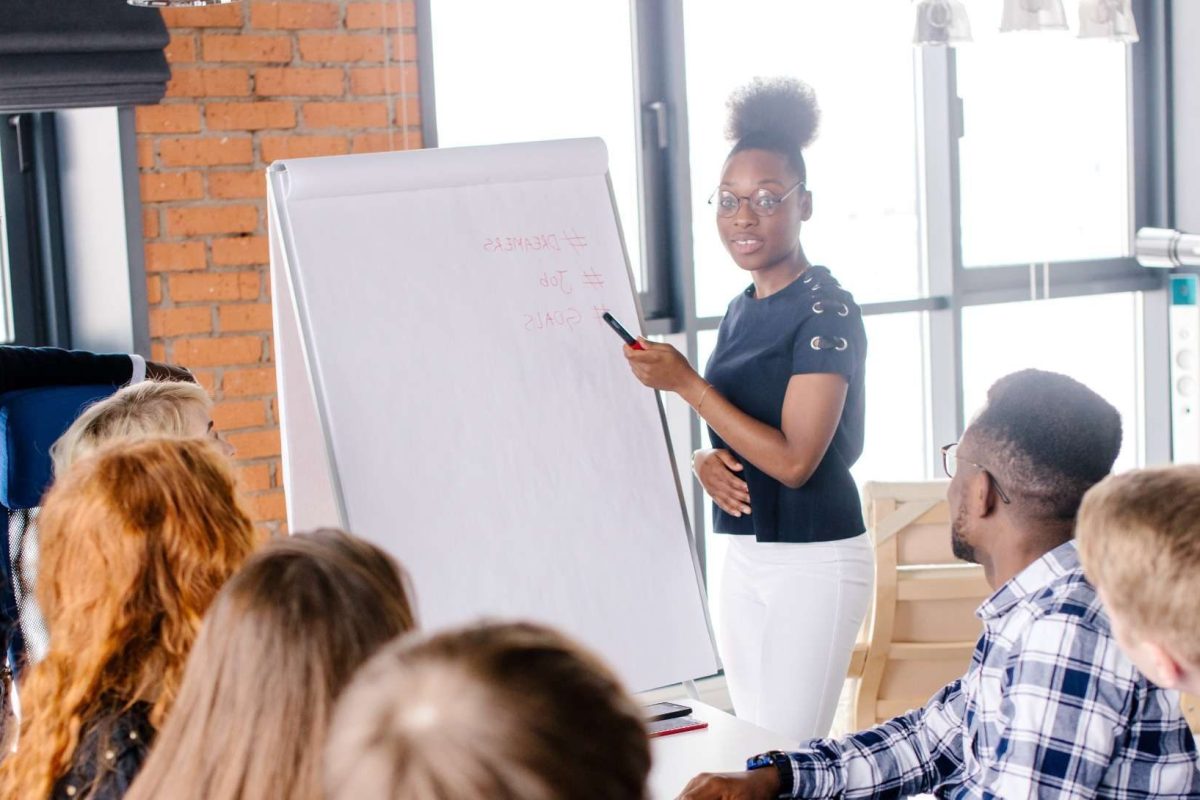The father, Larry, was driving. His focus was the route. Larry had figured out the best speed to reach his budgeted miles per gallon. He even knew all the shortcuts that would help him save time.
Mother Vivian was the navigator. She just loved looking at maps. The two would frequently argue over the best road to take. Larry because of miles per gallon, Vivian because she could visualize the best route.
In the back seat, Inez Diversiberg was talking. That’s all she ever seemed to do. She hungered for connection with others. Unfortunately for brother Izzie, she was next to him. Izzie just wanted to be left alone in his own thoughts. Next to Izzie was Nancy and her cat. Nancy was every animal’s best friend. She enjoyed viewing the cows, birds, and landscapes they passed.
Behind them sat Brian, Victor, and Mack. Brian couldn’t care less about cats. Traveling was hard – he needed to move, to play, to run. Being cooped up in a van was torture. Victor, on the other hand, was reading all the billboard signs that went by. To no one in particular, he would call out every time he saw a word misspelled. Mack heard nothing anyone said. His headphones were firmly glued to his head.
Eventually, the Diversibergs did get to their destination – early, to the satisfaction of Dad and the silent annoyance of Mom. No one else noticed. Nor, for that matter, did any members of the clan share the drive in any meaningful way. Every one of them had their own individual experiences to share. Unfortunately, no one else could relate.
An Intelligent Perspective
The Diversibergs’ experience is more common than one might think. It is replicated every day in most learning sessions. Thanks to the pioneering work of Howard Gardner, we know this to be true. Gardner discovered that the traditional ways of measuring human intelligence were flawed. He proposed that, where traditional measures factored in three of four different ways of being intelligent, there were actually eight different types of intelligence. He labeled his theory Multiple Intelligences (MI) and identified the intelligences as
- Logical/Mathematical
- Visual/Spatial
- Interpersonal
- Intrapersonal
- Bodily/Kinesthetic
- Naturalist
- Verbal/Linguistic
- Musical/Rhythmic
This theory has great implications for training sessions. Gardner articulated his learning principles by explaining that
- People are intelligent at different things.
- People whose intelligences are engaged learn more effectively.
Gardner’s theory is unfortunately obscure, underutilized, and impossible to pinpoint on a brain scan. But when put into practice during learning sessions, Multiple Intelligence has transformative power.
Consider what a traditional history class about the American Civil War might look like. It would probably feature lecture, facts and statistics, speeches, and battlefield maps. It probably would also be boring.
Now imagine this same subject taught from a more layered, MI perspective. You would still present the facts, but using multiple intelligences in the training room, you would also layer in movement through period dances or marching (Bodily/Kinesthetic), discuss the effects of the conflict on families (Interpersonal), read the reflections of those who were involved (Intrapersonal), share the facts and statistics (Logical/Mathematical), listen to or perform period music (Musical/Rhythmic,) examine the devastation of the environment in Sherman’s march through Georgia (Naturalistic), read quotes from the participants and recite Lincoln’s speeches (Verbal/Linguistic), examine photos, battlefield maps and visualize how the world would look different if the Southern states had won (Visual/Spatial). In this way, the instructor would present a layered, fully-rounded, holistic view of the subject. This class would also gain a greater level of learning retention.
The key is not to focus on one intelligence, but instead to continually alternate between multiple intelligences. When the presenter alternates between facts, quotes, cartoons, references to the natural world, student-to-student conversations, introspection, and musical accompaniment at appropriate moments, an entirely different learning session experience emerges: one that is alive and vibrant; that continually shifts communication methods; and one where participants can relax in the knowledge that at some point in the near future the instructor will use a methodology that will appeal to each learner.
And yet, the Diversibergs’ van – and our classroom – rolls on, missing opportunity after opportunity to enjoy the journey together. We might as well give each participant their own set of wheels. We are, unfortunately, and all too often, on separate learning journeys. Don’t let this happen to you.
The variance in the Diversibergs’ experiences didn’t end when they arrived at their destination: Walt Disney World. The family had a fabulous time at Walt Disney World, or rather, they had eight different fabulous times:
- Father Larry marveled at the efficiency through which large crowds of people were quickly moved from place to place.
- Mother Vivian gobbled up every bit of visual eye candy from the colorful buildings to the engineered sightlines.
- Daughter Inez met with and enjoyed talking to people from all over the world.
- Brother Izzie discovered much to think about in the uplifting themes of Epcot.
- Sister Nancy couldn’t stop raving about the immaculate landscaping.
- Brian, always full of kinetic energy, was the group’s designated “runner,” seeing what was up around each corner.
- Victor absorbed the tour books, guide maps, and every other piece of information he could get his hands on.
- Mack, the few times he took his headphones off, appreciated the thematic music coming from every bush.
Learning Session Loneliness
Much like the Diversibergs, attendees in learning sessions share a communal experience that is together but separate. The research and debate on the subject is plentiful. Including Multiple Intelligences in the training room, the brain’s three information intake systems, the Accelerated Learning principles, the Carl Jung-David Kolb-Ned Herrmann-Bernice McCarthy school of four learning styles quadrants, and numerous other learning and brain processing systems learning principles. The evidence for different learning preferences is difficult to argue for. And yet,
- Learning sessions often rely on scripted speeches, canned activities, and PowerPoint presentations that have passed through a legal and leadership filter.
- Trainers often favor presentation methods, activities, and examples that align with their own learning preferences.
- Other times, trainers subconsciously “get” a particular learning style so thoroughly that they cover it in a perfunctory manner, assuming their trainees already get it, too.
- Worse yet, trainers who are made uncomfortable by the reaction they are receiving from learners tend to slip into trainer caution mode, omitting any activity or learning principle that does not align with the trainer’s own comfort zone. I find this ironic. It may well be the trainer’s preferred style that is not working. More of the same often does not help.
It need not be so. Each trainee will ultimately focus on what interests them, absorb information through their preferred intake systems, and process that information in ways that align with their own learning preferences.
The challenge for learners is to focus and learn when confronted with information that does not effectively communicate to them. The challenge for learning professionals is to teach with learning principles in mind – translate the learning points into activities and presentation methods that speak to each and every learner.
Corporations spend millions of dollars talking about diversity, equality, and inclusion. And yet, where it matters most, beyond culture, race, gender, skin color, or creed, beyond accepting and working with people as they are and not as we would like them to be, we forget about that most basic of human needs: to learn.
Together but Separate
It almost doesn’t matter whether you believe in the importance of incorporating multiple intelligences in the training room or in a different theory. The point is to do something with it. That way your learners can enjoy your journey in their own way, in their own time, for their own reasons, aligned with their own needs, separately and together.



























